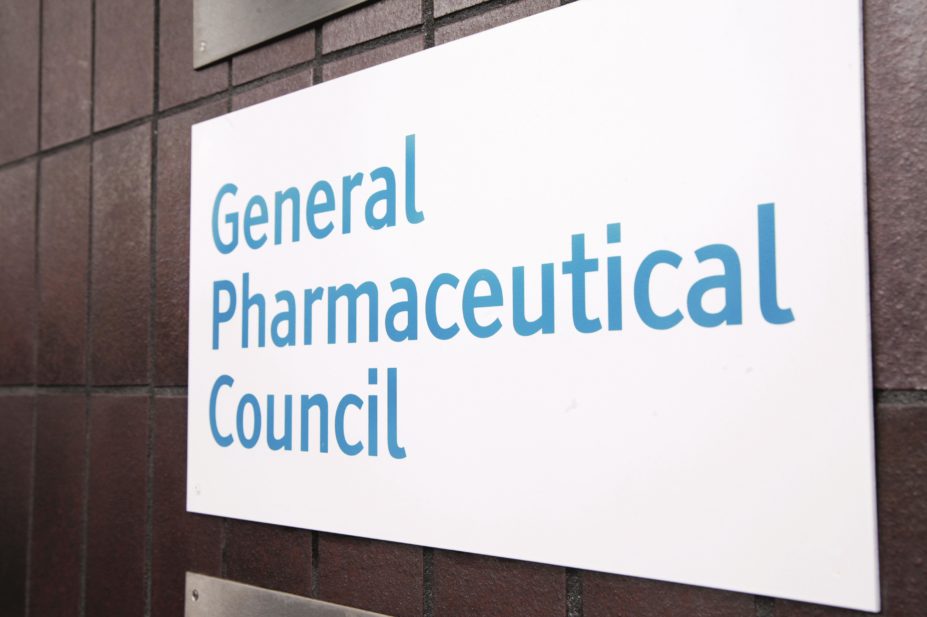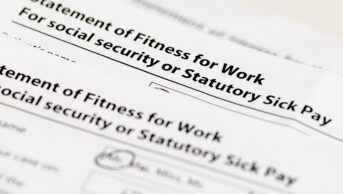
General Pharmaceutical Council
The proportion of pharmacists working in primary care has increased by five percentage points in the past six years, according to a survey by the General Pharmaceutical Council (GPhC).
The survey of 18,394 GPhC registrants found that those working in primary care in 2019 accounted for 11% of the pharmacist workforce.
In 2013, when 29,068 registrants were surveyed, primary care pharmacists accounted for just 6% of the workforce.
The number of primary care pharmacists is expected to increase in 2020, after NHS England announced in the GP contract in January 2019, that each of England’s 1,259 PCNs are expected to have one pharmacist on staff by the end of 2019/2020.
The results of the GPhC survey were published on 5 December 2019 and were considered at the GPhC council meeting.
The survey also found pharmacists are working longer, with the average working week lasting 36 hours in 2013 and 38 hours in 2019.
Pharmacy prescribers, in particular, are busier now than they were six years ago
In 2013, only 5% of pharmacy prescribers said they saw more than 50 patients per week — this year that number had risen to 22%.
However, pharmacist prescribers in 2019 were found to be more likely to prescribe if they worked in primary care rather than a hospital.
In 2019, nearly half (48%) of primary care pharmacists said they prescribed, compared to 30% in 2013. Meanwhile, 45% of pharmacist prescribers in hospital said they had prescribed in 2019, compared to 61% six years earlier.
The 2013 survey results came from a representative sample of the profession, rather than a census of all registrants.


